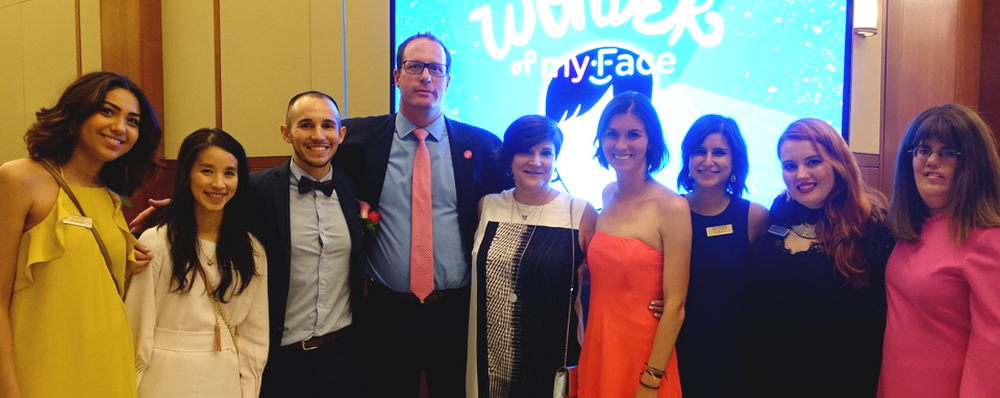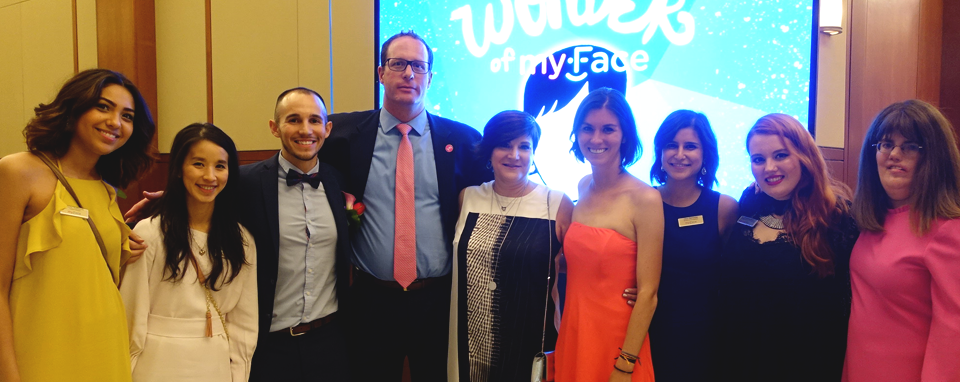Whether you have a team of five or 500 a seamless, collaborative workflow is critical in the digital age. Our goal is to make sure that your nonprofit is able to focus on changing the world by using technology to save time -- not waste it. In the digital age though, information sharing can often be complex; your team might not work in the same office, or even the same timezone. Some team members might be in an office with computer access, while others are in the field on mobile devices. Who from your team should be able to access confidential documents?
This brings us to a key question: How do you empower team members to work together towards a common goal, and use technology to enable it?
Great question. We’d like to introduce you to G Suite - (formerly Google Apps for Work ). G Suite aims to help teams work together in real-time -- no matter where they are in the world.
Today, we’re spotlighting a few nonprofits to share how their teams are using Google tools and apps to improve workflow and internal communication.
Mercy Beyond Borders - Internal Communication with Sheets & Sites
Mercy Beyond Borders (MBB) is a U.S. nonprofit that aims to forge opportunities for women and girls in extreme poverty to learn, connect, and lead. Utilizing a small office in the U.S. as home base, MBB targets rural areas in Haiti and South Sudan. In both of these areas, cultural norms and poverty prohibit full participation of women. In fact, these areas offer minimal education and opportunities for employment, which often impedes the development of leadership skills or positions. Mercy Beyond Borders focuses its programs on providing trainings, scholarships, leadership camps, and business loans for women.
To achieve their mission, Mercy Beyond Borders faces the challenge of balancing US-based operations with field work in remote areas like South Sudan and Haiti. Their nonprofit partners range from large organizations to local schools to individuals. So how does Mercy Beyond Borders ensure that all staff, vendors, and partners stay connected and working together in sync?
Mercy Beyond Border began using G Suite to streamline its workflow, connecting their team across the globe. Using G Suite, MBB’s team is able to access, share, and collaborate together in real-time. Take a glimpse into how they do it:
Track Finances: MBB manages their overseas program budget expenditures in Google Sheets. Using this tool, the domestic office tracks monthly vendor payments in Haiti. This enables the staff to wire more money as needed in order to ensure program success. Additionally, using Sheets enables the team to provide transparency in the organization, clarifying spending and creating a simple overview of total annual expenses. This standardized and collaborative approach to data enables better efficiency and communication between domestic and international offices.
Store images: Mercy Beyond Borders regularly takes photos in the field to keep the domestic office up to date on progress and communicate stories to their donors. The team overseas is able to upload the pictures to Google Drive, which allows them to share or retrieve the images at any time.
Share Information: It’s imperative that MBB shares frequent updates with the Board of Directors, highlighting current developments, areas for growth, and new opportunities. To keep the Board of Directors apprised of progress, the team created a MBB Board website with Google Sites as a way to provide updates outside of meetings. The site functions as a central hub, where the Board can find all relevant information and resources at their discretion. The website is organized in subsections including internal updates from the Executive Director, background articles on country conditions and descriptions of new partnerships. To take it one step further, MBB also added a comment section for board members to engage in open communication.
“It [G Suite] helps to better connect, engage, and keep Board members up-to-date in between meetings, or if they are unable to make a meeting (in which case they can view the Meeting Archives page),” said Adrienne Perez.
MyFace - Increasing productivity and improving internal workflow by remote access
Established in 1951, MyFace was founded to address the medical, surgical and psychological needs of those living with facial deformities. The organization offers access to care and treatments --- regardless of the severity of the anomaly, the length of treatment, or the family’s ability to afford care. In America alone, 1 in 650 children is born with an facial cleft. Every year, MyFace helps more than 1,000 patients seek treatment. Of this population, 85% are children, 70% live in poverty, and 95% require long-term care. The costs involved in this are high and verges on insurmountable for low income families. With this in mind, MyFace ensures that all children receive highest quality interdisciplinary and comprehensive reconstructive care by doctors who provide their services pro bono.
As a small nonprofit (their staff of eight including their therapy dog, Bentley), employees are required to perform a variety of different tasks. On any given day, team members might be responsible for website design, grant proposal writing, and marketing strategy. And oftentimes, what one employee starts today is picked up by another employee tomorrow. Because it’s often all-hands-on-deck, collaboration is particularly key for MyFace.
Our mission of changing faces and transforming lives can be fulfilled with the help of technology from G4NP
To address their challenge, MyFace began using Google Drive to centrally store, access, and share information from anywhere at anytime. Drive helped decrease the amount of time that MyFace spends on administrative tasks, like sending documents back and forth or working with out-of-date data or information. Drive’s tools like Docs and Sheets enable the team to collaborate both in and out of office.
MyFace also deals with an overwhelming amount of data and information. The team needs this data to not only be easy to store, retrieve, and share — it needs to be secure, since it contains confidential and personal patient information. G Suite offers that as well, ensuring that all information is kept private and secure. (Want to know more about G Suite security and how safe they really are? Read more about it here).
“Our mission of changing faces and transforming lives can be fulfilled with the help of technology from G4NP because it offers invaluable resources to nonprofits of any size at no cost,” stated Carolyn Spector, Executive Director of MyFace.

Having global teams of different sizes with varying access to technology can make timely communication difficult, if not impossible. While nonprofits like Mercy Beyond Borders and myFace strive to accomplish unique missions, both organizations are passionate about changing the world. And about using the right technology to help. Utilizing tools like G Suite has been key for nonprofits like these in order to improve internal workflow and communications. For Mercy and my Face, making information shared, up-to-date, and secure has been crucial for navigating the Technology Age.
Interested in learning more about the tools available to your nonprofit? Check out our website to see how G4NP can help your nonprofit with real-time, up-to-date communication and data sharing.
//
To see if your nonprofit is eligible to participate, review the Google for Nonprofits eligibility guidelines. Google for Nonprofits offers organizations like yours free access to Google tools like Gmail, Google Calendar, Google Drive, Google Ad Grants, YouTube for Nonprofits and more. These tools can help you reach new donors and volunteers, work more efficiently, and tell your nonprofit’s story. Learn more and enroll here.
Footnote: Statements are provided by Nonprofits that received free products as part of the Google for Nonprofits program, which offers free products to qualified nonprofits.


